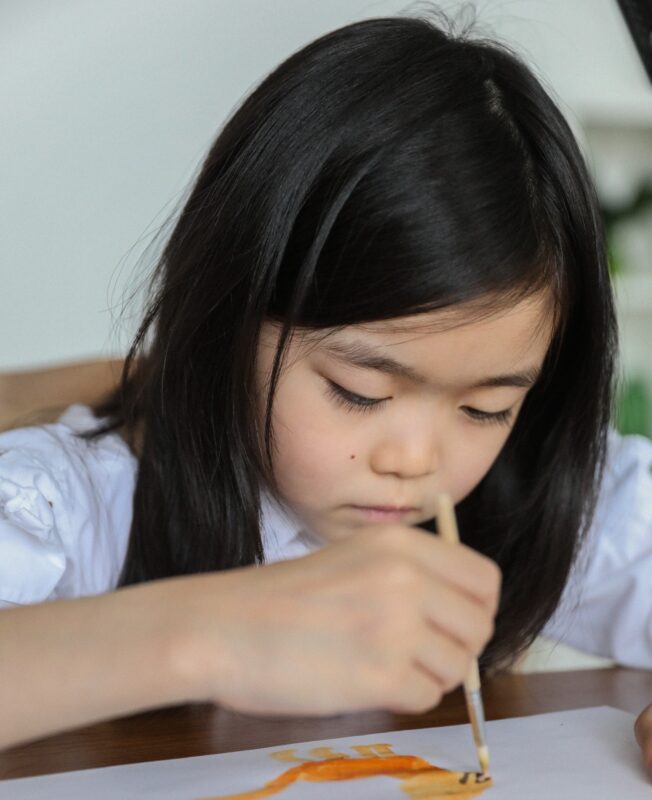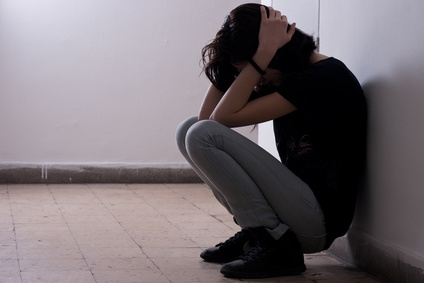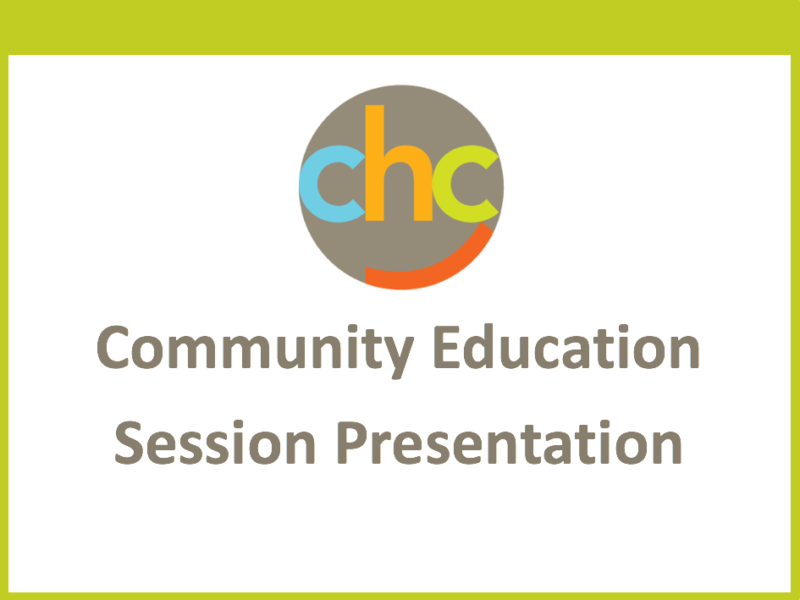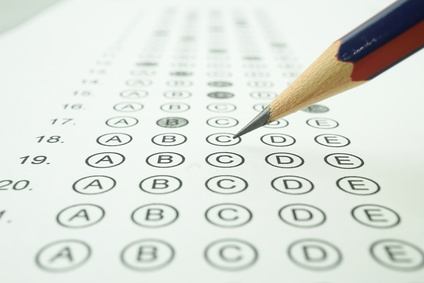The Role of Social Media in Teen Mental Health
Under the direction of Dr. Ramsey Khasho, CHC staff members and other expert contributors provide answers to questions about the serious issue of teen anxiety and depression in our community. Read more >>






